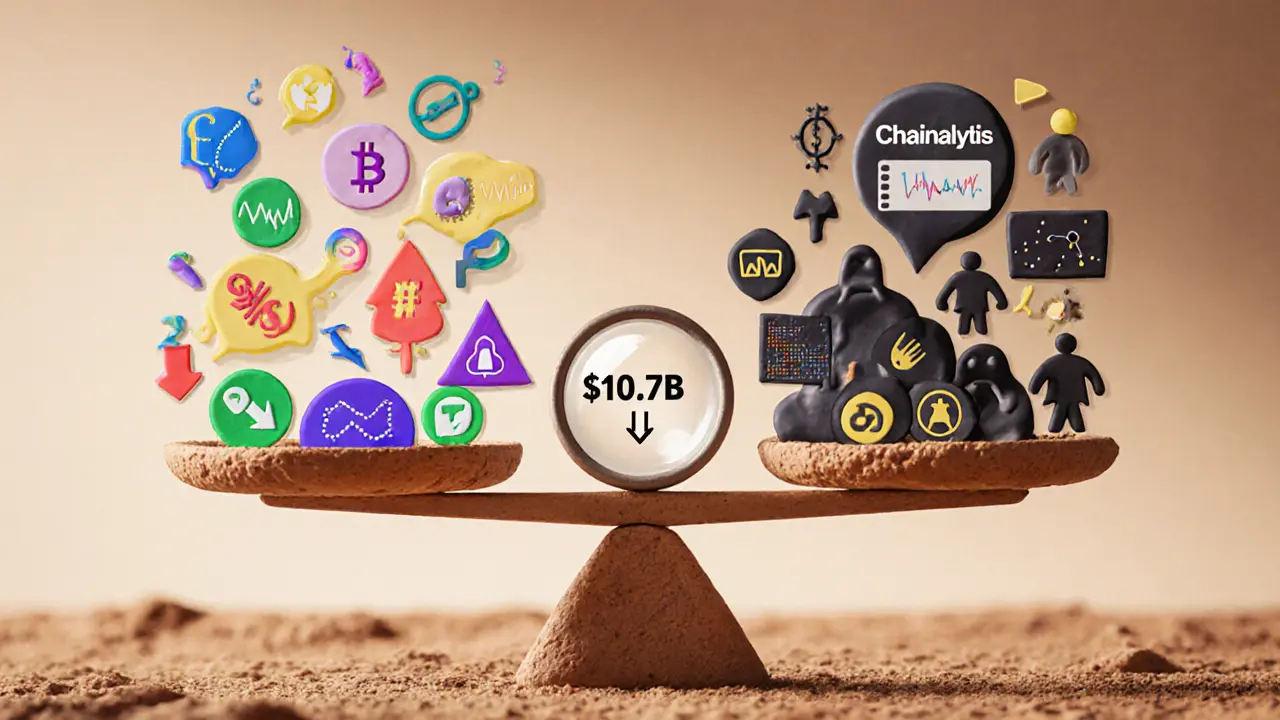Crypto Crime Statistics: What’s Really Happening with Crypto Fraud and Seizures
When you hear crypto crime statistics, measured figures on fraud, theft, and government seizures in the cryptocurrency space, you might think of flashy heists or shadowy hackers. But the real story is quieter, more systematic, and far more personal. Governments aren’t just chasing criminals—they’re seizing billions in assets, shutting down unregulated platforms, and tracking wallets like bank accounts. The U.S. alone has built a Strategic Bitcoin Reserve, a $17 billion hoard of confiscated cryptocurrency used for law enforcement and national security. This isn’t sci-fi. It’s happening now, and it’s changing how crypto works for everyone.
Crypto seizure, the legal process of taking cryptocurrency from wallets linked to illegal activity isn’t random. It’s targeted. In 2024, Angola jailed miners for stealing grid power. Russia banned exchanges like Garantex and Exved after they were tied to money laundering. Even privacy coins like Monero and Zcash, designed to hide transactions, aren’t safe—law enforcement now uses chain analysis tools to trace them. These aren’t isolated cases. They’re part of a global pattern. Asset forfeiture, the legal taking of property suspected of being involved in crime is now routine in crypto. The U.S., UK, EU, and even smaller nations are freezing wallets, auctioning off Bitcoin, and publishing lists of banned exchanges. You don’t need to be a criminal to get caught in this net. Using an unaudited exchange like Blockfinex or SkullSwap could mean your funds vanish overnight—without warning, without appeal.
What does this mean for you? If you’re trading on platforms without audits, KYC, or clear legal standing, you’re gambling with more than just price swings. You’re risking your coins being frozen, seized, or erased by regulators. The crypto crime statistics don’t just show how much was stolen—they show how much was taken back. And that’s the real story. Below, you’ll find real reviews of exchanges that got shut down, airdrops that turned out to be scams, and governments that cracked down hard. No fluff. No hype. Just what’s actually happening—and what you need to avoid.
2024-2025 Crypto Enforcement Statistics Worldwide: What’s Really Happening
Crypto enforcement in 2024-2025 shows declining fraud but rising complexity. TRON’s illicit activity dropped 50% after targeted collaboration, while global regulation remains uneven. Real progress is happening - but only where law enforcement works with blockchain firms.
